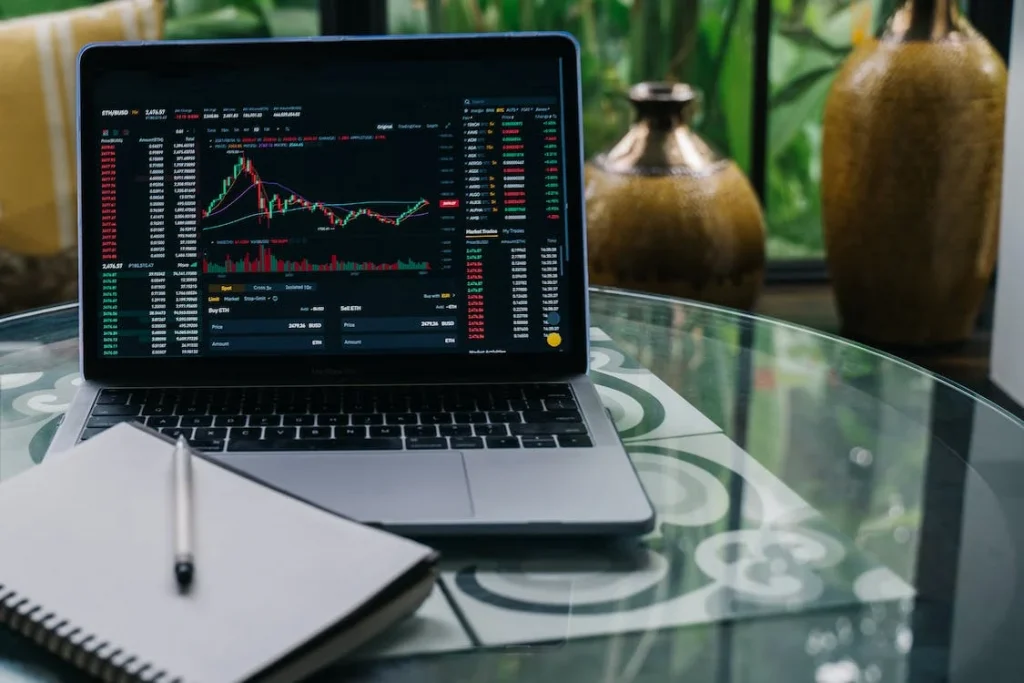How to invest for 2023?
How would you invest in a shaky economic environment, featuring high interest rates and a significant recession risk? There is no magic formula. But, there are some general factors to consider.
Evaluate individual stocks
Investors must evaluate individual stocks on their own merits, rather than making broad brush assessment and generalizations. This should always be the case. However, in a bull market, it is relatively straightforward to simply invest in an ETF. By contrast, in a patchy market – such as that in 2022 or 2023 – investors must scrutinize individual companies.
Several factors that you would consider include:
- Debt: Interest rates have increased significantly. And, the Federal Reserve has signaled that it intends to keep rates higher for longer, as do other central banks. What is the firm’s real liquidity position? Does it have excess debt? How do the current ratio and quick ratio compare (cf. Evergrande)? Will the firm suffer if/when it must refinance debt and does it risk becoming a “zombie” company.
- Capital needs: Will the firm need to spend significant amounts on future CAPEX or R&D during a high interest rate environment? What currency is it denominated it? High capital needs implicitly could raise the firm’s future debt level and render it more risky.
- Moat: Does the company have a genuine competitive advantage such that it will be more likely to survive a downturn? This can come from its market position, customer relationships, product, and intellectual property.
- Pricing power: If interest rates remain higher for longer, can the company pass on any of these costs to customers or suppliers? If it has little pricing power, then it could face significant problems. In part, this also relates to the aforementioned moat.
- Corporate governance: Always assess the firm’s corporate governance. The high profile collapse of FTX shows an extreme example of poor governance. Lesser examples include Meta and Snap. Consider whether the management team has the skills – and drive – necessary to survive negative economic conditions.
- Valuation: How does the firm’s stock price compare with its intrinsic value (as reported, for example, by Simply Wall St). Ideally, you would aim to buy a quality company at a ‘margin of safety’ price. However, it is important to bear in mind that analysts can sometimes be too optimistic and that earnings forecasts – in general – often do not reflect the full magnitude of a potential market decline.
These factors can often be difficult to ascertain. Thus, it can be important to look at analysts’ forecasts. Tools, such as Simply Wall St, can help you do this by providing analyst forecasts and valuation estimates.
Consider venture capital
Venture capital can be an attractive investment class. VC valuations have fallen significantly. This can make them attractive. There are also VC and startup courses if you are looking to get started in this area. Further, given the general caution in the space, investors have opportunities to enter attractive deals.
Investment syndicates – such as Sydney Angels – can be a great way to access promising startups. And, these syndicates also help to bring myriad areas of expertise and spread due diligence. Sydney Angels will also be raising a third fund in 2023, providing wider access to such investments.
Consider the opportunity cost
When you invest $1, consider the implicit cost of that $1.
If you have debt, consider paying it rather than investing. For example, you could use it paying down the mortgage, paying off your credit card, or paying down other loans. Given that those are often expensive, and paid from after tax income, it can often be a better option to pay down debt than to invest.
When investing, consider financing costs. For example, if you invest on leverage, you bear more risk and bear financing costs. Different brokers have different costs. FXCM, for example, charges different borrowing fees for long and short positions and different fees for different instruments. At the time of writing, they do not have borrowing fees on some long positions. This can significantly shift the investment calculation.
Consider asset classes
Stocks gain significant attention. However, other asset classes can be attractive. These include real estate and fixed income.
Fixed income has risk. The borrower might default. And, if interest rates increase and/or credit spreads widen, your bonds will fall in value. However, they will pay a consistent income stream. This might be more attractive, depending on your financial position.
Real estate can also be an option. Real estate has been suffering under the weight of higher interest rates. However, at some point central banks will pause and then cut rates. Consider whether it is worth entering prior to this occurring. Real estate is often a highly levered investment, however, and can have some significant risks.
Real estate can also be geography-specific. Some regions are supply constrained; and thus, have more of a price floor. However, these same properties can see significant price appreciation in booms. Thus, much like with stocks, real estate assets must be evaluated on a case by case basis and with regard to their fundamentals (cf. broad generalizations).
Consider your personal circumstances
Investments should fit your goals and your personal characteristics? Do you have money to lose? How risk averse are you? How diversified are you? Do you have much savings? How close are you to retirement?
Myriad factors can influence what type of investment is appropriate to you. And, if you are facing financial distress consider whether you can afford to lose your money on investments. Perhaps instead of risking money you cannot afford to lose, consider bolstering your balance sheet.
Overall implications
There is no one size fits all investment strategy for 2023. It depends on your financial circumstances. But, there are some factors to consider when assessing stocks, startups, and real estate.
